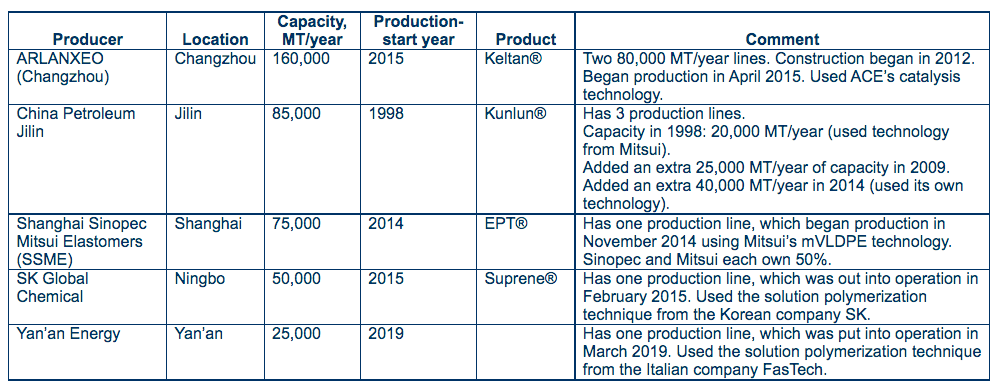Source: HCA Newsletter
At the end of October 2015, the Fifth Plenary Session of the 18th Central Committee of the Communist Party of China proposed the implementation of the “Dual-Control” action on total energy consumption and energy consumption intensity (energy consumption per unit of GDP).
The main purpose of the “Dual-Control” action is to improve energy efficiency, guide regions to deal with the relationship between “Dual-Control” of energy consumption and economic and social development, force a change in the mode of economic development, promote continuous optimization and upgrading of industrial structure, and achieve high-quality development.
The Government Work Report in 2021 included “Reducing Energy Consumption Per Unit of GDP by about 3%” as a major development target for 2021 and proposed a 13.5% reduction in the overall target for the 14th Five-Year Plan period (2021-2025).
China’s energy consumption per unit of gross domestic product (GDP) has been reduced by a cumulative 24.6% since 2012, equivalent to a reduction in energy consumption of 1.27 billion tons of standard coal. from 2012 to 2019, China has supported an average annual growth of 7% in the national economy with an average annual growth of 2.8% in energy consumption and a significant improvement in energy use efficiency.
Preliminary research predicts that in order to achieve the goal of “reducing energy intensity by 13.5%”, China will support a GDP growth rate of about 5% with an average annual energy consumption growth of about 2% during the 14th Five-Year Plan period, with the economic and social development will further reduce the dependence on energy consumption. Reducing energy intensity is also a practical need to promote clean and low-carbon energy transition and force industrial restructuring.
In the process of reducing energy intensity, there is no doubt that the focus will be in controlling fossil energy consumption and accelerating the development of non-fossil energy. The outline of the 14th Five-Year Plan also proposes that the proportion of non-fossil energy in total energy consumption should be increased to about 20%.
The National Energy Administration said that during the “14th Five-Year Plan” period, it will reasonably control the total energy consumption and appropriately increase management flexibility, differentiate and allocate the “Dual-Control” targets for energy consumption in each region, and strengthen the implementation of target responsibilities; at the same time, improve the paid use of energy rights and trading system, accelerate the construction of a national energy rights trading market.
Energy consumption “Dual-Control” mechanism is a strict environmental regulation policy. From retrospect, once a local assessment performance warning appears, the region would use administrative means to control and strive to complete the annual target. This “warning-rectification-compliance” trigger mechanism is reinforced by the concept of “ecological civilization” and the “30/60” target.
In general, the government issued Dual-Control performance initiatives would cover specific details including for the industry, product (technology process, product quality level, etc.), capacity scale, phase-out or replacement criteria, completion time and other aspects. In short, it is to review and control the high-energy-consuming projects, and to shut down those that do not meet the energy consumption requirements; and to raise the approval threshold for new high-energy-consuming projects, making it difficult for high-energy-consuming projects to land in the short term.
On August 17, 2021, the National Development and Reform Commission (NDRC) published Completion of the Dual-Control Target of Energy Consumption in Various Regions in the First Half of 2021. The energy consumption intensity of nine provinces (regions) in Qinghai, Ningxia, Guangxi, Guangdong, Fujian, Xinjiang, Yunnan, Shaanxi and Jiangsu rose instead of falling in the first half of the year. The reduction rate of energy consumption intensity in 10 provinces of Zhejiang, Henan, Gansu, Sichuan, Anhui, Guizhou, Shanxi, Heilongjiang, Liaoning and Jiangxi in the first half of the year did not meet the progress requirements.
Entering the fourth quarter, in less than four months from the end of the year’s “big test”, the “named regions” one after another took measures to improve energy consumption to avoid exceeding the energy consumption quota. Jiangsu, Guangdong, Zhejiang and other major chemical provinces have struck hard, with thousands of enterprises taking measures such as production suspensions and power cutdown, catching local enterprises off guard.
Many regions also have also experienced power shortage and the power gap caused by the lack of coal supply from both domestic and overseas has been suppressing production since July and may be difficult to ease during the year.
Production restrictions have now become the most direct and effective way to control energy consumption around China. However, for many industries, the changes in the economic situation, the recurrence of overseas epidemics and the intricate trend of commodities this year have left various industries facing diverse problems, and the Dual-Control of energy consumption has once again caused shocks by production restrictions.
The impact on the downstream manufacturing industry, especially those with relatively weak bargaining power, e.g., home appliances, clothing, textiles, machinery manufacturing, automotive and other companies, is bound to increase production costs, and will be impacted in short-term and even medium and long-term.
For the petrochemical industry, although in previous years, there have been power restrictions at the peak of electricity consumption, but “open two stop five”, “90% of production restrictions”, “thousands of enterprises to stop production” is the case unprecedented. If power restrictions continue, production capacity is certainly not able to keep up with demand, making the demand side of the supply tighter.
Power shortage and plant shutdown may also have possible positive impacts
- As the high demand from incremental orders from overseas due to pandemic may not sustainable, production restriction will regulate the capacity expansion and protect the downstream when the future order crisis comes.
- China has been moving towards industrial transformation, but the process has been interrupted by the increasing global demand for high energy consumption products due to the disruption of supply chain by pandemic. Power and production restrictions are the main path for traditional industries to achieve the Dual-Control targets for energy consumption and industry transformation.
- Production restrictions enhance the position and bargaining power of China’s manufacturing industry in the global industrial chain. The current pricing power of finished products is jeopardized by the internal capacity expansion and price competition.
Power shortage and plant shutdown have brought significant impact on short-term production disruption. particularly in September. The Dual-Control policy may continue to the end of the year or early next year in some sectors and regions.
The overall chemical prices are expected to continue to rise in the fourth quarter and hit the high point. Companies will also face double pressure of price increase and shortage of goods.
For details, please click the link: China Dual Control Impact Summary EN 2021-09-29































